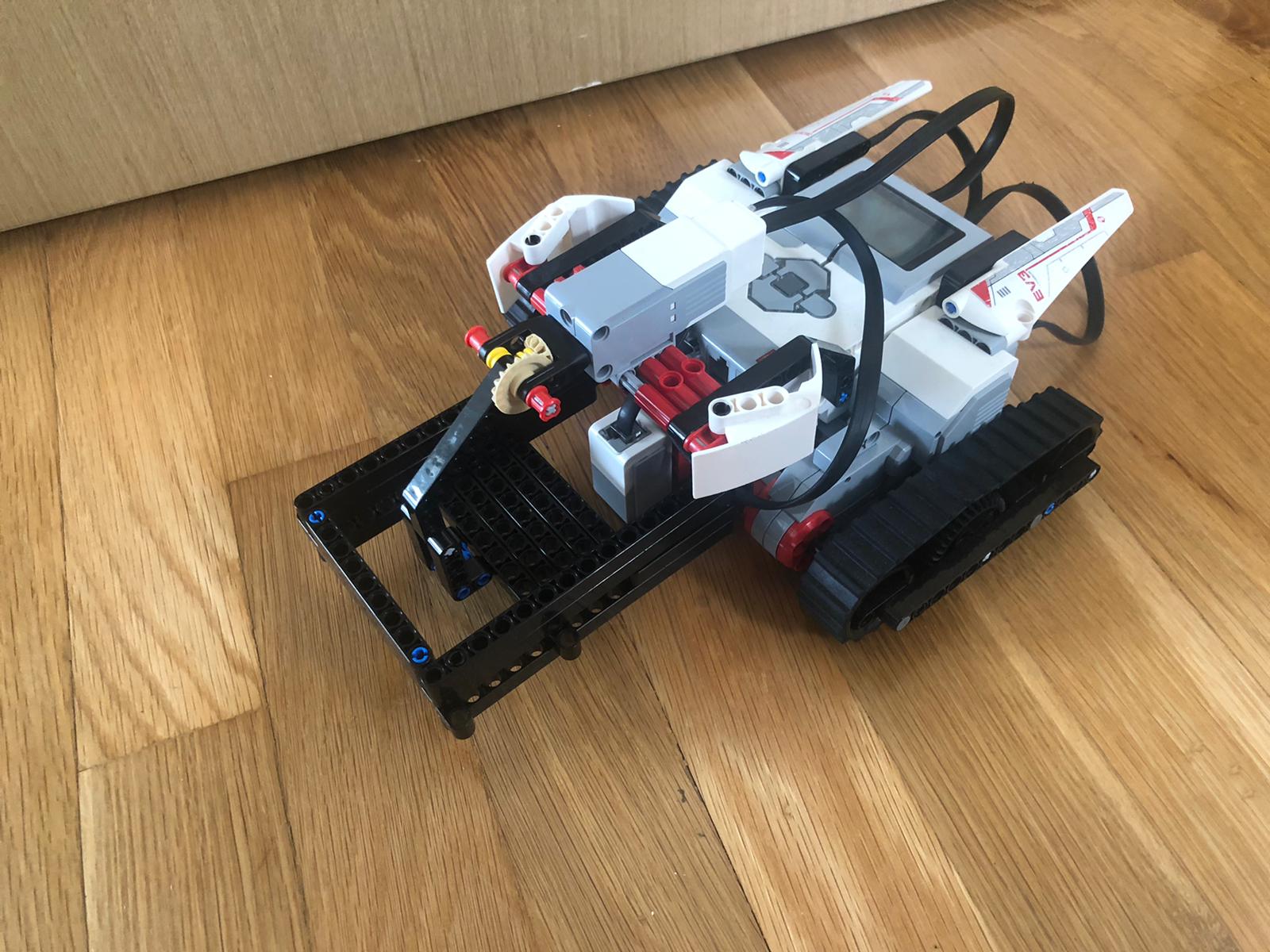We are Proj3ct Hope and we are going to try to solve the problem of deforestation. We are focusing on the UN Global Goal, Life on Land. Our idea to fix this issue is to create a robot or a drone and use them to plant seeds and water it in areas that are inaccessible to humans or too dangerous to be in. These robots will scan their surroundings to find the best places to plant the seeds. Also, the robots will make sure to plant the seeds far enough from each other to prevent them from competing for resources. The first step would be to send out a reconnaissance drone to map out the terrain where the seeds will be planted. Once finished scanning, the drone will return to the starting point and upload the map to the robots. The ground-based robot will have two tracks allowing for good off-road capabilities while the air-based drone will have enough power to lift a lot of weight. The ground-based robot would plant biodegradable capsules with a few seeds inside to increase the chance of the tree growing. Also inside the capsule will be some necessary minerals to aid the tree in growing. The capsules will have something like chilli flakes inside. This will make it so that if an animal comes and eats the seeds, it will not have a pleasant experience eating the seed, as well as when defecating. This will ensure that the seeds will survive and grow well. The ground-based robot will also water the capsules which will cause the capsule to dissolve and drop the seed into the soil. The capsules will be pushed into the soil. The air-based robot will use the same capsules as the ground-based version, however, it would drop them from the sky instead of pushing them into the soil. The air-based robot will be useful if the terrain for planting is too extreme for a tracked robot to manoeuvre in. Also, the drone can do the planting on a much larger scale and much faster. Our initial prototype was built from Lego Mindstorms, however, our actual robot would be made of aluminium. The design of both our ground-based and air-based robots would prioritise the function over aesthetics. The ground-based robot would be available in two versions, a cheaper version for $269, which wouldn’t water the seeds and would only drop seeds without capsules. The higher-end and more expensive version would drop the seeds with the capsules and water them during the initial planting. It would be priced at $369.
